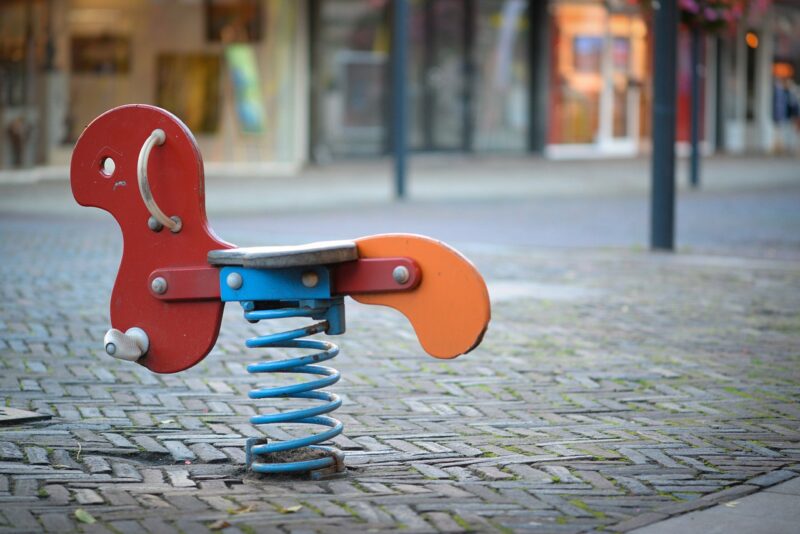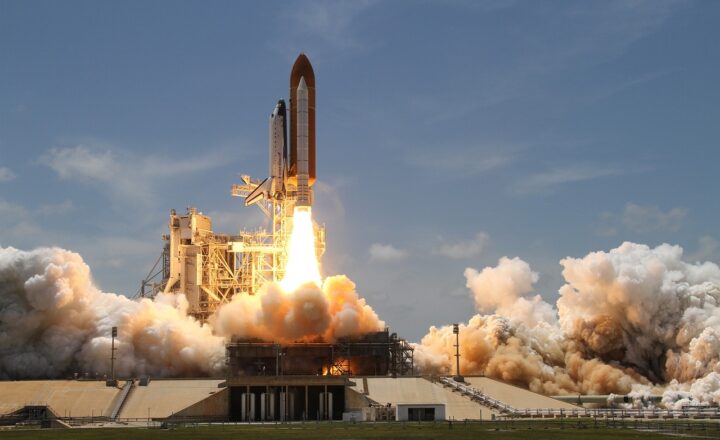
Seesaws are ubiquitous playground equipment found in parks and schoolyards across the globe, yet they embody fascinating principles of physics and engineering. They bring smiles and laughter to children while cleverly demonstrating complex concepts like balance, leverage, and rotational motion. In this article, we will explore the science behind seesaws, their history, how they function, and the important physical laws that govern them.
1. A Brief History of the Seesaw
The seesaw, often referred to as a teeter-totter, has a rich history that dates back to ancient civilizations. The earliest known use of the seesaw can be traced to the Greeks, who utilized levers as tools for lifting heavy objects. In fact, the concept of the seesaw is deeply rooted in Archimedes’ principle, which states:
“Give me a place to stand, and I shall move the Earth.”
Greek engineer Archimedes discovered that a lever could amplify force and make lifting easier. The seesaw, operating under the same principles, became a playful way to demonstrate these laws of physics in a fun and engaging manner.
Over the centuries, seesaws evolved in design, materials, and purpose. They transitioned from simple wooden beams to more elaborate structures crafted from steel, plastic, and composite materials, ensuring not only fun but also safety and durability for children.
2. Understanding the Mechanics of a Seesaw
A seesaw can be understood as a simple machine, known specifically as a lever. Levers are categorized into three classes based on the relative positions of the load, effort, and the fulcrum (the pivot point).
Class 1 Lever
In a typical seesaw, the fulcrum is located between the load and the effort. When one side of the seesaw is pushed down, the opposite side rises, demonstrating the principle of balance. The two key forces at play are:
– **Load (Weight):** The force exerted downward by the individual sitting on one side of the seesaw.
– **Effort (Force):** The force applied by the individual on the opposite side trying to lift the load.
In mathematical terms, the balance of a seesaw can be expressed with the equation:
Load × Distance from Fulcrum = Effort × Distance from Fulcrum
This equation illustrates how the weights of individuals and their distances from the fulcrum determine the seesaw’s balance.
3. The Importance of Fulcrum Placement
The position of the fulcrum is crucial for ensuring balance on a seesaw. In an ideal scenario, if two children of equal weight sit at equal distances from the fulcrum, the seesaw remains in a stable position.
However, if one child is heavier or sits further from the fulcrum, the seesaw tilts. This dynamic leads us to the concept of leverage:
– **Leverage:** The mechanical advantage gained by using the lever. The longer the arm (distance from the fulcrum), the less effort required to lift a heavier load. This principle can be applied in various real-world situations, including construction, physical fitness, and daily chores.
This simple yet efficient design allows children to experience foundational physics through play, fostering curiosity and understanding of scientific principles.
4. The Physics of Motion in Seesaws
When operating a seesaw, not only are forces at play, but also the physical laws of motion, particularly Newton’s laws:
– **Newton’s First Law (Law of Inertia):** A seesaw at rest will remain at rest until an external force is applied. Thus, when one child begins to push off the ground to raise their end, they are applying an external force, causing the motion to initiate.
– **Newton’s Second Law (Force Equals Mass Times Acceleration):** The acceleration of the seesaw depends on how much force is applied and how much weight is on each side. If one side exerts more force (or has less weight), it will lift faster compared to the other side.
– **Newton’s Third Law (Action-Reaction):** For every action, there is an equal and opposite reaction. Hence, when one child pushes down on one side of the seesaw, the opposite end must go up, demonstrating equal force in opposite directions.
Understanding Newton’s laws gives children a tangible sense of motion and physics in action as they play on seesaws.
5. Real-World Applications of Seesaw Principles
The principles behind seesaws extend beyond playgrounds and can be witnessed in various real-world applications:
– **Engineering & Construction:** Many aspects of construction and mechanical systems utilize leverage. Cranes, for example, can lift heavy loads more easily with a fulcrum placed strategically.
– **Automotive Technology:** The concept of balanced weight distribution allows vehicles to handle better and improve safety. Engineers use lever principles in the design of suspension systems.
– **Sports Science:** When training athletes, understanding balance and motion through lever mechanics can enhance performance and reduce injury risks.
The seesaw, a seemingly simple piece of equipment, showcases the practical applications of physics principles in our daily lives and engineering marvels.
6. Safety and Design Considerations
While seesaws are fun and educational, safety is paramount when designing and using them. Some important design considerations include:
– **Material Quality:** Using durable materials resistant to weathering ensures that seesaws last longer and remain safe for children.
– **Soft Landing Areas:** Placing soft ground materials such as sand or rubber beneath the seesaw can help minimize injuries in case of falls.
– **Weight and Size Regulations:** Ensuring that the seesaw is designed for specific age ranges or weight limits prevents accidents and ensures a safe experience.
Proper design and safety measures can create an environment where children freely enjoy the science behind seesaws while minimizing risks.
Conclusion
Seesaws are more than mere playground equipment; they serve as a gateway to understanding the principles of physics, balance, and motion. By learning about the forces at play, children can develop a deeper appreciation for how things work. Furthermore, with the principles of leverage and balance, they get a hands-on education in mechanical advantage that serves foundational lessons for future learning in science and engineering disciplines. So, next time you see a seesaw, take a moment to reflect on the scientific magic occurring as children play and explore the fundamental laws of nature!
As we continue to learn about science through play, tools like seesaws remain pivotal in molding curious minds, suggesting that learning doesn’t have to be mundane – it can be as joyful as a ride on a seesaw.







